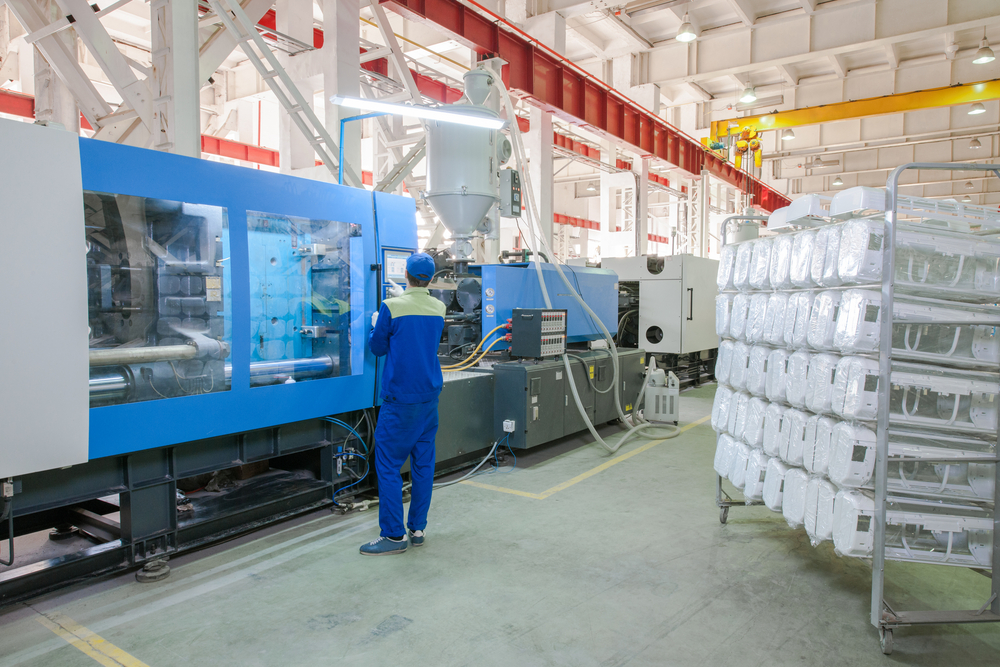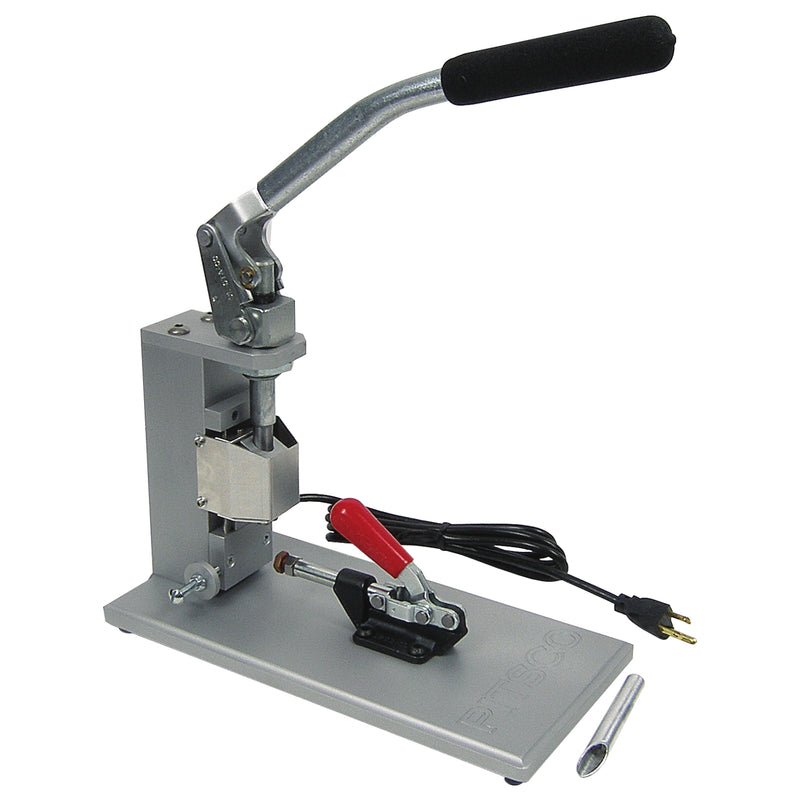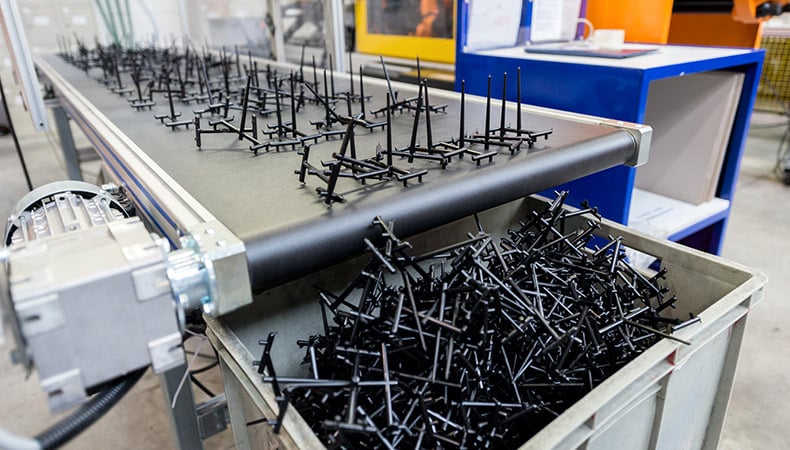Comprehending the Basics of Plastic Injection Molding Processes
Plastic shot molding serves as a cornerstone of modern production, providing a methodical method to generating intricate components with precision. Exploring these important components could reveal just how even minor adjustments can lead to considerable enhancements in manufacturing outcomes, raising concerns about the possibility for innovation in this well-known process.
What Is Plastic Injection Molding?
Plastic injection molding is a widely made use of manufacturing process that changes thermosetting and thermoplastic products right into specific and complex shapes. This method is preferred for its capacity to produce high volumes of identical get rid of exceptional accuracy, making it a vital technique in numerous sectors, consisting of auto, consumer goods, and medical tools.
The procedure involves melting the selected plastic material and injecting it right into a mold and mildew under high pressure. The mold and mildew, created to the requirements of the wanted component, allows the liquified plastic to form as it strengthens and cools down. As soon as the material has actually set, the mold is opened, and the completed component is ejected.
Plastic injection molding supplies numerous benefits, consisting of minimized waste, uniformity in manufacturing, and the capacity to incorporate complex layouts that might be challenging with various other manufacturing approaches. Furthermore, it supports a broad variety of products, each providing distinct residential or commercial properties that can be customized for specific applications. As markets remain to innovate, plastic shot molding remains at the leading edge, making it possible for the growth of advanced products that fulfill advancing customer needs.
The Shot Molding Refine
The injection molding procedure is an advanced strategy that entails numerous vital phases to produce top notch plastic components. Initially, plastic pellets are fed right into a heated barrel where they are merged a viscous fluid. This molten plastic is after that injected under high pressure right into a precision-engineered mold, which shapes the product right into the preferred type.
When the mold and mildew is filled up, the plastic is allowed to strengthen and cool, taking the form of the mold and mildew dental caries. Cooling time is crucial, as it affects the cycle time and the final residential or commercial properties of the molded component. After enough air conditioning, the mold opens up, and the finished part is ejected utilizing ejector pins.

Materials Used in Injection Molding
Various products can be used in the shot molding process, each offering distinct residential or commercial properties that deal with specific applications. One of the most typically made use of materials include thermoplastics, thermosetting plastics, and elastomers.

Thermosetting plastics, like epoxy and phenolic materials, undertake a chemical change throughout the treating procedure, causing a rigid, inflexible framework. These materials are excellent for applications requiring high heat resistance and structural integrity, usually used in electrical insulators and vehicle parts.
Elastomers, consisting of silicone and rubber-based products, offer versatility and resilience. Their special homes make them ideal for applications that require elasticity, such as gaskets and seals.
Additionally, specialty materials like bio-based plastics and composites are gaining grip for their ecological benefits and boosted performance attributes, have a peek at this website widening the range of shot molding applications in different markets. Comprehending the residential or commercial properties of these products is important for selecting the proper type for details jobs.
Advantages of Injection Molding
Shot molding stands apart as an extremely effective production process that offers various advantages for creating intricate get rid of precision. One of one of the most considerable advantages is the capability to create intricate designs that would be difficult or impossible to achieve with various other approaches (Plastic Injection Molding). The process enables thorough attributes and limited resistances, making sure top quality components
In addition, shot molding is understood for its fast production capacities, making it an excellent choice for high-volume manufacturing. Once look here the mold is developed, components can be created promptly, minimizing lead times and increasing overall productivity. This performance not just decreases production costs however likewise supplies an one-upmanship out there.
The flexibility of materials utilized in shot molding better boosts its appeal. A large range of thermoplastics and thermosetting polymers can be used, permitting manufacturers to choose materials that finest fulfill their specific needs, consisting of adaptability, toughness, and warmth resistance.
Additionally, the procedure lessens waste, as excess product can frequently be recycled and reused. This sustainability aspect adds to a minimized ecological impact, making shot molding a liable manufacturing selection. Generally, the benefits of shot molding make it a recommended method for several markets.
Factors Impacting Product Quality
While various aspects can affect product high quality in injection molding, comprehending these components is important for accomplishing optimum outcomes. Secret aspects include product option, refining criteria, and mold design.
Material option plays an essential role, as different polymers show special buildings look at this site that affect flowability, strength, and thermal security. Insufficient material selection can result in flaws such as bending or incomplete filling.
Handling parameters, including stress, temperature, and cycle time, must be thoroughly regulated. Variations in these setups can cause inconsistencies partially measurements and surface finish. For example, exceedingly high temperatures may trigger deterioration of the polymer, while insufficient pressure can lead to short shots.
Mold and mildew design is similarly vital, as it figures out the circulation of the molten plastic and the cooling procedure. Improperly designed molds may cause irregular cooling prices, causing dimensional mistakes and recurring stress and anxieties.

Conclusion
Finally, plastic injection molding works as a critical manufacturing process that enables the reliable production of high-grade parts. Mastery of the shot molding process, consisting of the understanding of products and the influence of various aspects on product top quality, is essential for achieving optimal outcomes. The benefits of this method, such as cost-effectiveness and layout flexibility, additional emphasize its relevance across several sectors, solidifying its standing as a preferred selection for high-volume production.
Plastic injection molding offers as a foundation of modern-day production, offering a systematic strategy to producing intricate elements with accuracy.Plastic injection molding uses several advantages, including lowered waste, consistency in manufacturing, and the capacity to integrate complex designs that might be testing with various other making methods (Plastic Injection Molding). As markets continue to innovate, plastic shot molding continues to be at the center, allowing the growth of advanced products that fulfill evolving consumer needs
The shot molding procedure is a sophisticated technique that entails numerous vital phases to generate top notch plastic components.In final thought, plastic shot molding offers as a crucial production process that enables the reliable manufacturing of top quality components.